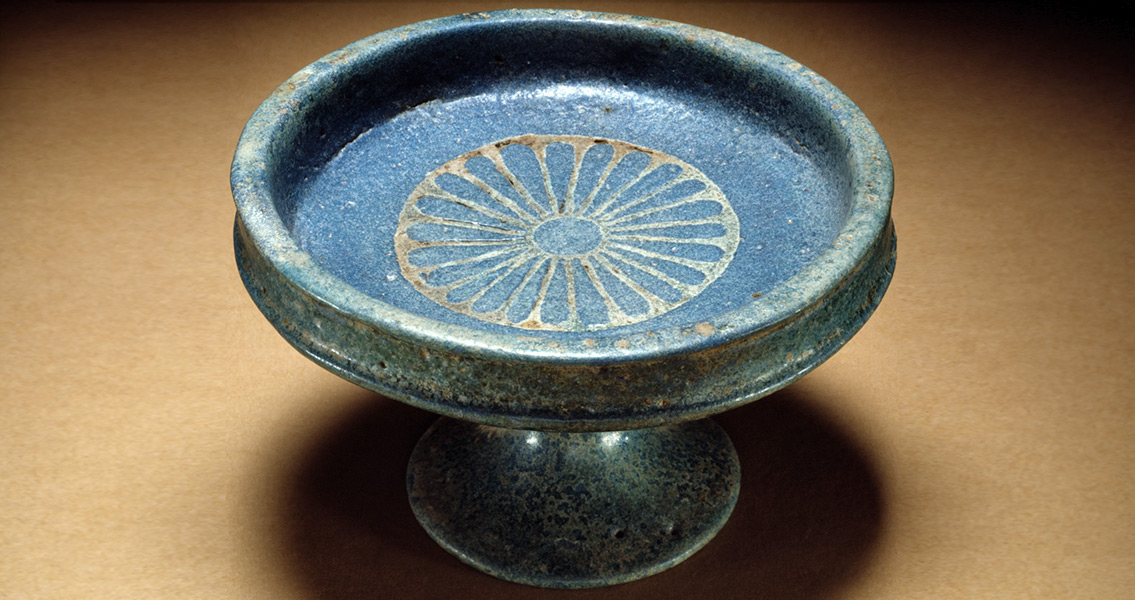<![CDATA[Egyptian blue, considered to be the earliest man-made pigment, has been found to have been used more widely than previously thought in the Greek and Roman periods of Egyptian history, a new study claims. Based on artefacts from the period scientists have traditionally believed that because it had to be made artificially Egyptian blue was only “reserved for very prominent uses,” a statement from Northwestern University notes. But a team from the university, led by materials scientist and expert in the colour blue Marc Walton, discovered that the pigment was also used to create other colours, remaining hidden under them. Walton and his colleagues examined 15 mummy portraits from Tebtunis, an ancient Egyptian archaeological site, which in the Greco-Roman period was called Theodosiopolis. The portraits were painted around the 2nd century CE (and discovered at the end of the 19th century) and initially looked typical for the period, comprising the palette first introduced by the Greeks: black, red, yellow, and white. However, Walton says, when the team started analysing the paintings using technology such as X-ray fluorescence and diffraction, they noticed a recurring blue pigment that luminesced. The researchers concluded that Egyptian blue was used kind of secretly by the artists, for underdrawings and for making new nuances of other colours. Walton added that further research is likely to uncover other uses of the pigment, for instance in sculptures and frescoes from the Roman period in Egypt. Interestingly, before the Greeks arrived Egyptian blue was used extensively in art. It was first created 4,500 years ago, according to an article in the Journal of Art in Society. The colour occurs naturally in a mineral called cuprorivaite but this mineral was rare in Egypt, so, in demonstration of their fine grasp of chemistry, the ancient Egyptians made the pigment manually. They heated to around 950 degrees Celsius a mixture of calcium carbonate or another calcium compound, a compound containing copper, and silica sand, as well as potash or soda, which acted as a flux. Because of this complex procedure scientists believed that the pigment was used for prominent works of art only, and as a main colour. When the era of Greek rule began the new rulers brought with them their own preferred colours, which dominated art at the time. The Romans, who believed the Greeks were the masters of art, followed their preferences closely, using the same palette for works of art. Still, Egyptian blue did not sink into oblivion until the end of the Roman era, when its use sharply declined. Commenting on the Northwestern study, co-author Jane L. Williams from the Hearst Museum, said in the university’s statement the findings suggest researchers should always expect the unexpected when examining works of art. Speaking of the unexpected, earlier research from the British Museum, led by Giovanni Verri, a conservationist who is also an expert in infrared and photo-induced imaging, found a way to reveal the colours of statues and other artefacts that have become invisible to the naked eye. The technology relies precisely on Egyptian blue, which emits infrared radiation when red light is directed to it. The presence of Egyptian blue not only shows which parts of a statue were painted with the pigment but also hints at what other pigments were used in the colouring of an ancient artefact. For more information: Investigating the use of Egyptian blue in Roman Egyptian portraits and panels from Tebtunis, Egypt ]]>
New Uses Found for Rare Egyptian Pigment
